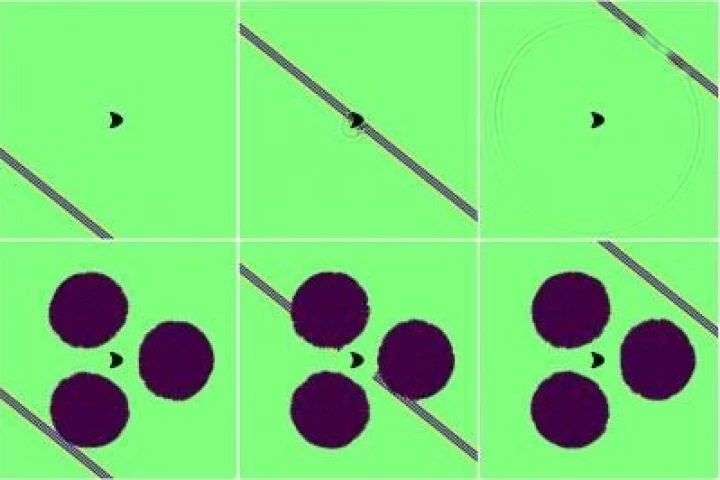Cloaking
-
It's often a case of swings and roundabouts. If you save money by buying a house out of town, you spend more time and money commuting. According to a new analysis, the better an object is hidden by an invisibility cloak at one color of light, the easier it is to see at other colors.
-
A Stanford breakthrough in optical metamaterials could enable fabrication of a wide-spectrum invisibility cloak.
-
Researchers at Duke University have developed an invisibility cloak that can be made by an entry-level 3D printer.
-
Scientists are investigating using variations of density in ocean water to cloak oil rigs from dangerous surface waves.
-
Mathematicians are proposing a cloaking system, which could allow buildings to be rendered "invisible" to earthquakes.
-
Researchers from Cornell University have demonstrated a working "temporal cloak" that is able to conceal a burst of light as if it had never occurred.
-
A new "invisibility cloak" utilizes the same effect that causes mirages to appear.
-
Scientists have determined that it should be possible to create a spacetime cloak, that hides entire events.
-
Researchers have found ways to use magnetic resonance to capture rays of visible light and route them around objects, rendering them invisible to the human eye.
-
Researchers has created a new visualization tool that can render a room containing a partially or completely cloaked object, showing the visual effects of such a cloaking mechanism and its imperfections.
-
Active cloaking, a newly theorized approach to invisibility, brings us one step closer to achieving invisibility in the visible light spectrum.










